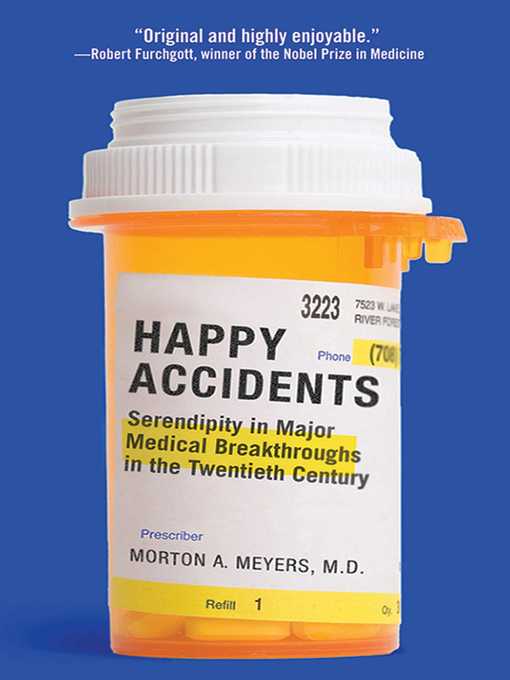
Happy Accidents
Serendipity in Major Medical Breakthroughs in the Twentieth Century
غم و اندوه در پیشرفتهای عمده پزشکی در قرن بیستم
کتاب های مرتبط
- اطلاعات
- نقد و بررسی
- دیدگاه کاربران
نقد و بررسی

January 15, 2007
Meyers, professor emeritus of radiology and internal medicine at SUNY–Stony Brook, has a simple message: the most significant breakthroughs in medical research usually came about when people were looking for something else entirely. Lithium's effect on bipolar disorder, for example, was discovered because a scientist was taking advantage of its solubility to run toxicity tests on patients. Likewise, Viagra was developed during experiments on medications designed to treat angina. Meyers has dozens of stories like this, in the areas of antibiotics, cancer treatments, cardiovascular therapy and antidepressants. The anecdotes are lively and filled with miniportraits of important doctors like Paul Ehrlich (who pioneered the use of chemistry to develop medical treatments) and Arthur Voorhees (who stumbled onto the treatment for abdominal aortic aneurysms), but some chapters feel forcefully wedged in. The role of accident in creating the thalidomide molecule is glossed in one sentence, and too little information is given about contemporary research into the therapeutic use of LSD to draw any meaningful conclusions (although it's a good excuse to revisit the story of Albert Hofmann's bicycle ride). But it will be hard to argue with Meyers's criticism of a rigid scientific culture that discourages experimenters from keeping an eye out for the unexpected.

























دیدگاه کاربران